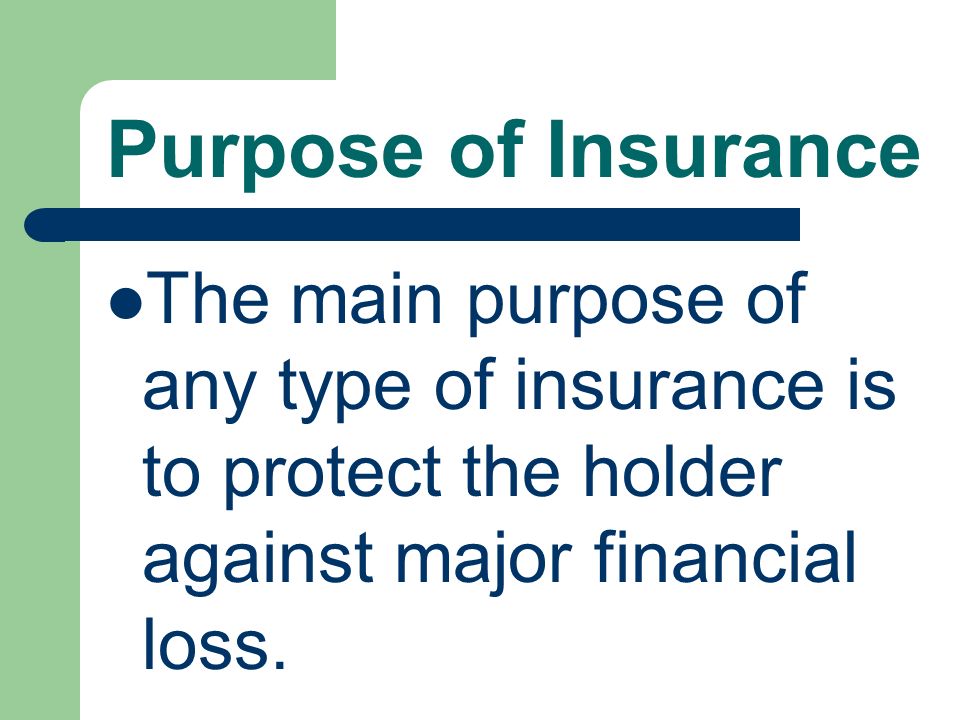The Single Strategy To Use For Pacific Prime
The Single Strategy To Use For Pacific Prime
Blog Article
The Facts About Pacific Prime Revealed
Table of ContentsAll About Pacific PrimeTop Guidelines Of Pacific PrimeThe smart Trick of Pacific Prime That Nobody is DiscussingUnknown Facts About Pacific PrimeThe Basic Principles Of Pacific Prime

This is due to the fact that the information were accumulated for a period of solid economic efficiency. Of the estimated 42 million people who were without insurance, just about concerning 420,000 (regarding 1 percent) were under 65 years of age, the age at which most Americans end up being qualified for Medicare; 32 million were grownups in between ages 18 and 65, around 19 percent of all grownups in this age team; and 10 million were children under 18 years old, regarding 13.9 percent of all kids (Mills, 2000).
These quotes of the variety of persons without insurance are generated from the annual March Supplement to the Existing Populace Survey (CPS), carried out by the Census Bureau. Unless otherwise kept in mind, national price quotes of individuals without wellness insurance coverage and proportions of the population with different sort of coverage are based on the CPS, one of the most extensively used source of quotes of insurance policy coverage and uninsurance rates.
Not known Facts About Pacific Prime

Still, the CPS is specifically beneficial since it generates annual estimates relatively swiftly, reporting the previous year's insurance coverage estimates each September, and due to the fact that it is the basis for a constant collection of estimates for greater than 20 years, enabling evaluation of fads in insurance coverage over time. For these reasons, as well as the considerable use the CPS in other research studies of insurance policy protection that exist in this report, we rely upon CPS price quotes, with constraints kept in mind.

The quote of the variety of without insurance people expands when a population's insurance coverage status is tracked for numerous years. Over a three-year period beginning early in 1993, 72 million people, 29 percent of the united state populace, were without protection for at least one month. Within a solitary year (1994 ), 53 million people experienced at least a month without coverage (Bennefield, 1998a)
Six out of every ten uninsured grownups are themselves employed. Working does improve the likelihood that one and one's family members will have insurance coverage, it is not a warranty. Even participants of family members with 2 full time wage earners have almost a one-in-ten possibility of being uninsured (9.1 percent without insurance price) (Hoffman and Pohl, 2000).
Not known Incorrect Statements About Pacific Prime
New immigrants represent a considerable percentage of individuals without medical insurance. One analysis has attributed a considerable part of the current growth in the dimension of the united state uninsured populace to immigrants that arrived in the nation in between 1994 and 1998 (Camarota and Edwards, 2000). Recent immigrants (those who concerned the USA within the previous 4 years) do have a high rate of being uninsured (46 percent), but they and their youngsters make up just 6 percent site web of those without insurance coverage across the country (Holahan et al., 2001).
The partnership between medical insurance and access to care is well developed, as recorded later in this chapter. Although the partnership in between health and wellness insurance policy and wellness results is neither straight nor easy, a considerable professional and wellness services research literature links medical insurance coverage to better access to care, far better top quality, and improved personal and population health status.
Degrees of analysis for taking a look at the impacts of uninsurance. It focuses especially on those without any type of health and wellness insurance coverage for any length of time.
The Single Strategy To Use For Pacific Prime
The problems encountered by the underinsured are in some respects comparable to those dealt with by the without insurance, although they are typically less extreme. maternity insurance for expats. Uninsurance and underinsurance, nevertheless, include noticeably different policy problems, and the methods for resolving them might vary. Throughout this research and the 5 records to adhere to, the main focus is on individuals without any wellness insurance and thus no support in paying for healthcare beyond what is available through charity and safety web organizations
Medical insurance is an effective aspect influencing invoice of treatment since both clients and physicians reply to the out-of-pocket rate of services - https://www.imdb.com/user/ur179624537/. Medical insurance, nonetheless, is neither essential nor adequate to get to medical services. However, the independent and direct result of medical insurance coverage on accessibility to health and wellness solutions is well developed.
Others will certainly obtain the healthcare they require even without health and wellness insurance, by paying for it out of pocket or seeking it from suppliers who provide treatment free or at extremely subsidized rates. For still others, health and wellness insurance coverage alone does not ensure receipt of treatment as a result of other nonfinancial obstacles, such as an absence of health and wellness care companies in their neighborhood, limited accessibility to transportation, illiteracy, or etymological and cultural distinctions.
Little Known Questions About Pacific Prime.
Official research concerning without insurance populations in the United States dates to the late 1920s and very early 1930s when the Board on the Cost of Treatment produced a collection of reports concerning financing physician office check outs and hospitalizations. This issue became prominent as the numbers of clinically indigent climbed during the Great Clinical depression.
Report this page